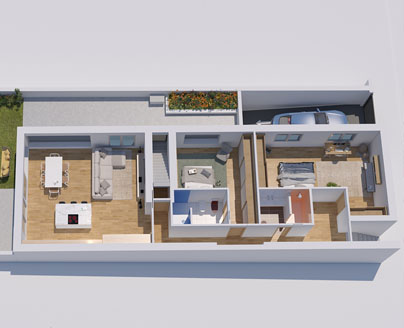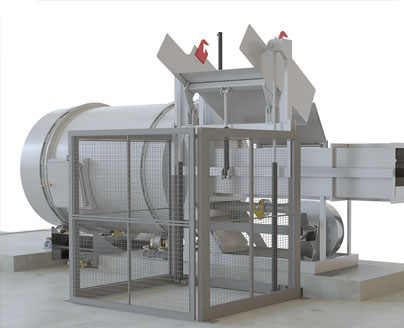Understanding the Impact of 3D Animation Projects
3D animation continues to revolutionize numerous industries, including film, video games, architecture, and education. Proficient in merging art and technology, 3D animators breathe life into computer-generated scenes that captivate audiences and enhance user experiences. This detailed discussion aims to outline the essentials of 3D animation, project phases, and key benefits.
Key Phases of a 3D Animation Project
The creation of a 3D animation is a meticulous process that involves several critical stages:
- Concept and Storyboarding: Every 3D animation starts with a strong concept. It then moves into storyboarding, where the visual sequence is planned.
- Modeling: This phase involves building the 3D objects and characters that will populate the animated environment.
- Texturing: Here, surfaces are given color and texture to make them appear more realistic.
- Rigging and Skinning: Rigging is the process of creating a skeletal system for objects to move, and skinning attaches the skin or surface layer to the rig.
- Animation: The actual motion is applied to models. Animators manipulate the rigged models to perform desired actions.
- Lighting: Techniques are applied to simulate realistic or stylistic lighting on the animated scene.
- Rendering: This final step involves compiling all visual data into a single frame or sequence to produce the final output.
Benefits of Investing in 3D Animation
Adopting 3D animation technologies offers substantial advantages:
- Enhanced Communication: Through 3D visuals, complex ideas can be communicated effectively and visually engaging, making them easier to understand.
- Increased Engagement: 3D animations capture attention more effectively than static images or conventional 2D videos, significantly boosting user engagement.
- Cost Efficiency: While the initial setup for 3D animation might be costly, it is more economical in the long run due to its reusability and versatility across various media.
- Realistic Depictions: With advanced rendering techniques, 3D animation can create realistic scenarios that are impossible to capture with traditional filming.
To conclude, 3D animation projects play a crucial role in creating detailed, engaging, and cost-effective media presentations that can be utilized across multiple formats. Whether it’s for marketing, educational purposes, or entertainment, the benefits of investing in high-quality 3D animation are extensive and impactful.













